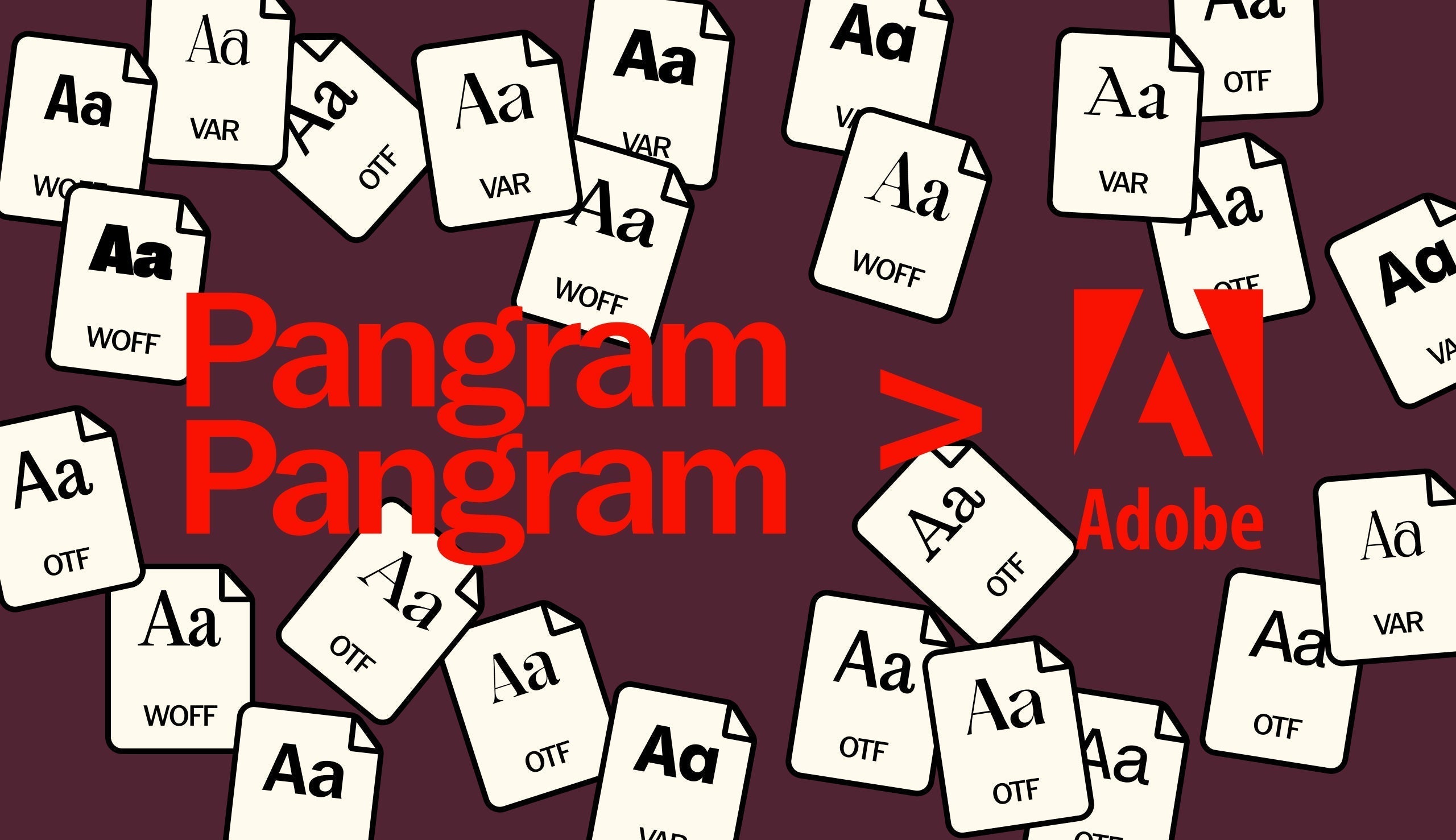Submitting your portfolio to creative studios can be a nerve-wracking experience, for young and seasoned creatives alike, whether you’re a graphic designer, type designer, illustrator, motion master or anything in between.
These nerves make sense, as your portfolio is not just a collection of your work, but also a representation of your skills, creativity, and professionalism, but, rest assured, you’re not alone in these worries, and there are lots of things you can easily do to ease your mind and improve your portfolio. By the end of this, you’ll be absolutely set to make the lasting impression you deserve.
Whether you’re sending your work to an individual creative, an agency or agent, here are our top ten tips for submitting your portfolio!
1. Tailor your portfolio to the studio’s style and values
Before you hit send with a bog-standard PDF, make sure to do your research into the studio you’re sending it to – understand their design style, philosophy, and values, and curate your work accordingly. This could be rearranging the portfolio so that the work first presented is more comparable to theirs or restricting the number of project types (e.g. including fewer books and more identity projects when submitting your portfolio to a branding agency). Your portfolio should reflect a good fit with their aesthetic (or a welcome, subversive contrast), demonstrating your ability to align, and add to, their brand and vision.

2. Showcase your best work
Make sure you show work that you’re happy with, after all, you need to talk about it confidently. As such, quality over quantity is key. Include a selection of your best, most relevant pieces. Focus on showcasing projects that align with the studio’s niche or expertise. This makes it easier for them to see your potential contribution, whilst giving you the opportunity to properly dive into discussing the individual projects themselves.

3. Keep it updated
Update your portfolio regularly with your latest work. Your creativity and practice inevitably evolves, and your portfolio should reflect that growth. Ensure that the most recent projects are proudly front and centre!

4. Present a cohesive story
Your portfolio should tell a story. Try to arrange your work in a way that flows logically and thematically, with each piece related to the next, creating a harmonious narrative that captures the viewer's attention.

5. Provide context
Accompany each project with a brief description. Explain the problem, your approach, and the impact of your work. This gives your potential employers a deeper understanding of your thought process and problem-solving skills. It’s also super important that you’re honest and clear about what you specifically did on a project that was collaborative, this will help the studio understand your skills, not just the project as a whole.

6. Keep it simple!
The portfolio itself is not the work. Make sure the design of your portfolio lets the work breathe. It doesn’t need to be over-designed, and any descriptions should be short and succinct. People looking over portfolios will have a very short amount of time to look through, by keeping it clear and simple you’ll help them out.

7. Showcase versatility
Demonstrate your adaptability by showcasing a variety of skills, especially if the studio has a wide output of projects. It’s useful to showcase smaller and larger projects, as well as commercial or more cultural projects. Creative studios often seek designers who can tackle a range of projects, making your flexibility a valuable asset to the team.

8. Include personal projects
At the end of the day, people are hiring you, not your work, so make sure to try and include ‘a bit of you’ if possible through personal work. While commissioned work is essential, personal projects can reveal your passion and innovation, perhaps showcasing your unexpected, unique abilities, as well as your capacity to work independently and self-initiate creative ideas. One of these within a professional portfolio is probably enough, the balance should still be in favour of professional work. You can always show more at a later stage when you talk with the studios.

9. Talk it out
It’s super important to not work in a vacuum and get stuck in your own head, so call on your friends (creative or not) to have a look over your portfolio. Fresh perspectives are always welcome and, although they might not always be right, it’s good to challenge the work you’ve put in to ensure it’s presented in the best way possible.

10. Proofread and edit
Give it a once over (or a twice over, or more)! Simple spelling, grammatical or layout errors can undermine your professionalism. Carefully proofread your portfolio for typos, grammatical mistakes, and other inconsistencies. After all, presenting an error-free portfolio reflects your attention to detail.

Remember, your portfolio is more than just a collection of images; it’s a testament to you and your dedication and passion as a creative professional. By aligning your portfolio with the studio’s values and creating a polished and engaging presentation, you can stand out in a competitive industry and make a lasting impact, presenting yourself as the best you you can be. Now get out there!








